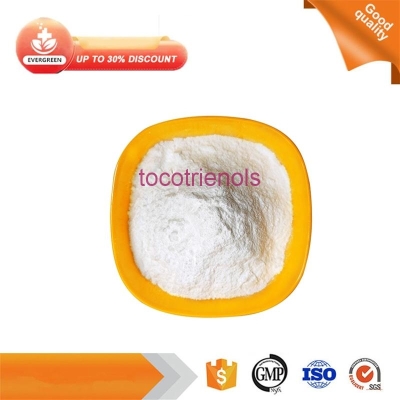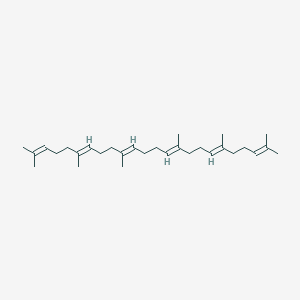Hydrogels open up new avenues for glare treatment
-
Last Update: 2021-03-08
-
Source: Internet
-
Author: User
Search more information of high quality chemicals, good prices and reliable suppliers, visit
www.echemi.com
researchers have developed a potential new treatment for glare that could replace daily eye drops and twice-yearly injections to control the growth of eye pressure, advanced science reported recently. Experiments in animals have shown that this method greatly reduces in-eye pressure.Researchers at the Georgia Institute of Technology say the new treatment could be the first non-drug, non-surgical, long-acting treatment for glare, opening up an alternative way for excess fluid (room water) in the eye to leave the eye by injecting viscous hydrogels made from biodegradable natural materials. It does not depend on the patient's daily eye drops, does not require complex surgery, has few side effects and has good safety.Up to 75 million people worldwide suffer from glare, which is caused by too much pressure in the eye that harms the optic nerve. Current treatments reduce in-eye pressure by using eye drops, surgery, or implanted medical devices on a daily day, but these treatments are usually unsuccessful.There are usually two paths for water to flow out of the house. The main path is through a structure called a small beam mesh located in front of us, and the smaller path is through the upper cavity (SCS) of the structural vein membrane directly below the eye. In the eyes of the glare, the main path is blocked, so in order to reduce the pressure, treatment is required to open a smaller path to allow water to flow out of the house.The researchers injected the polymer preparation into the SCS using a hollow micro needle less than 1 mm long. The substance is chemically cross-linked in the eye to form a hydrogel, which maintains an open path in the SCS, allowing the water in the eye to drain from the eye. This gel structure keeps the SCS path open for several months.Researchers are currently working to extend the opening hours of the path by modifying the polymeric material (hyaluric acid) in order to provide therapeutic effects for at least six months. (Science and Technology Daily)
This article is an English version of an article which is originally in the Chinese language on echemi.com and is provided for information purposes only.
This website makes no representation or warranty of any kind, either expressed or implied, as to the accuracy, completeness ownership or reliability of
the article or any translations thereof. If you have any concerns or complaints relating to the article, please send an email, providing a detailed
description of the concern or complaint, to
service@echemi.com. A staff member will contact you within 5 working days. Once verified, infringing content
will be removed immediately.







